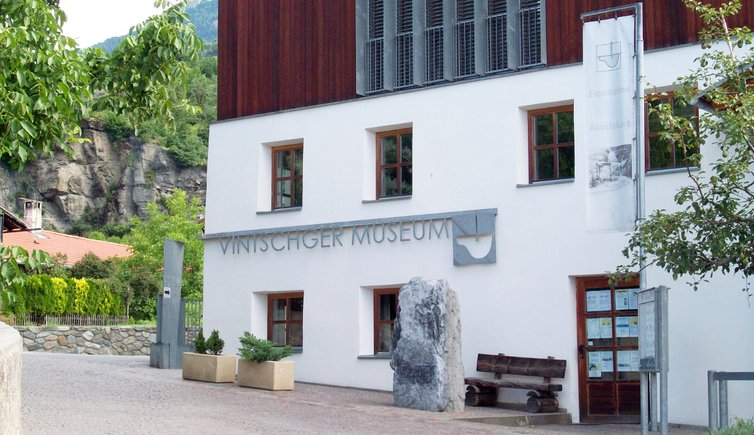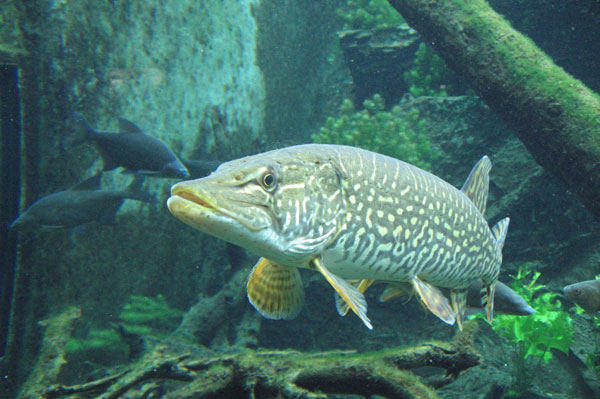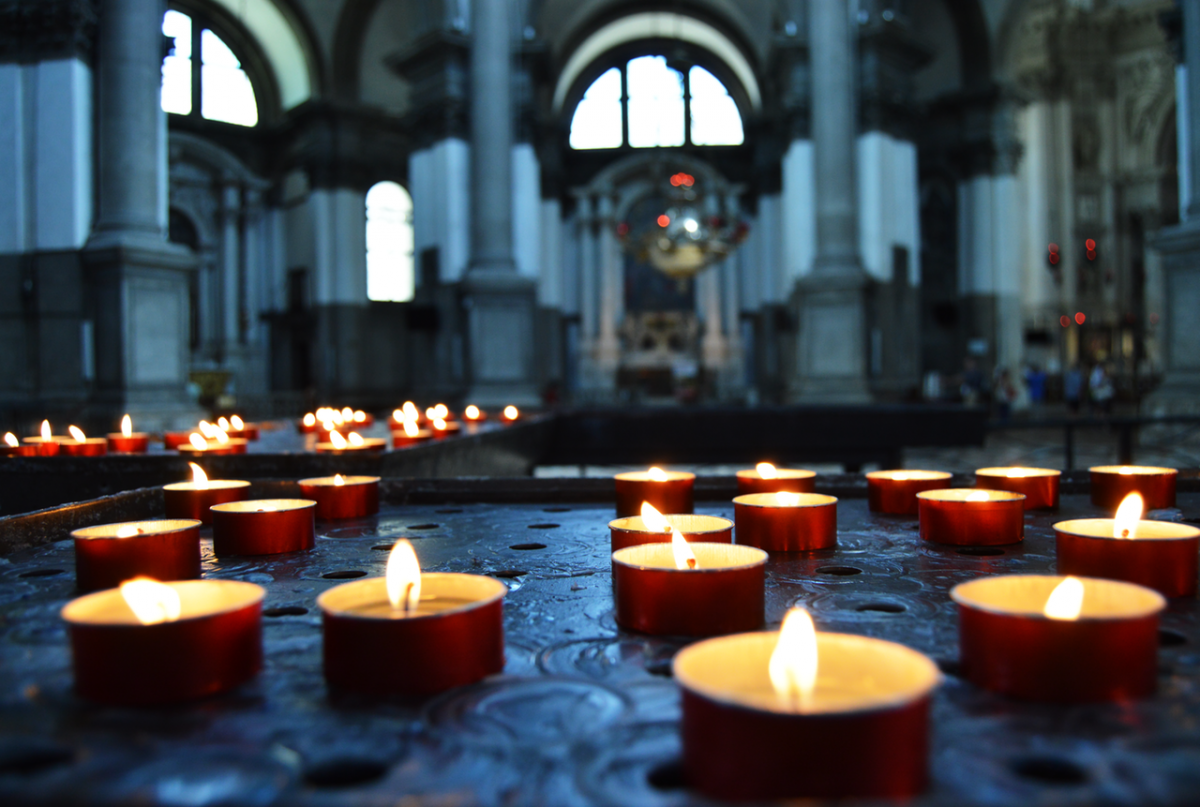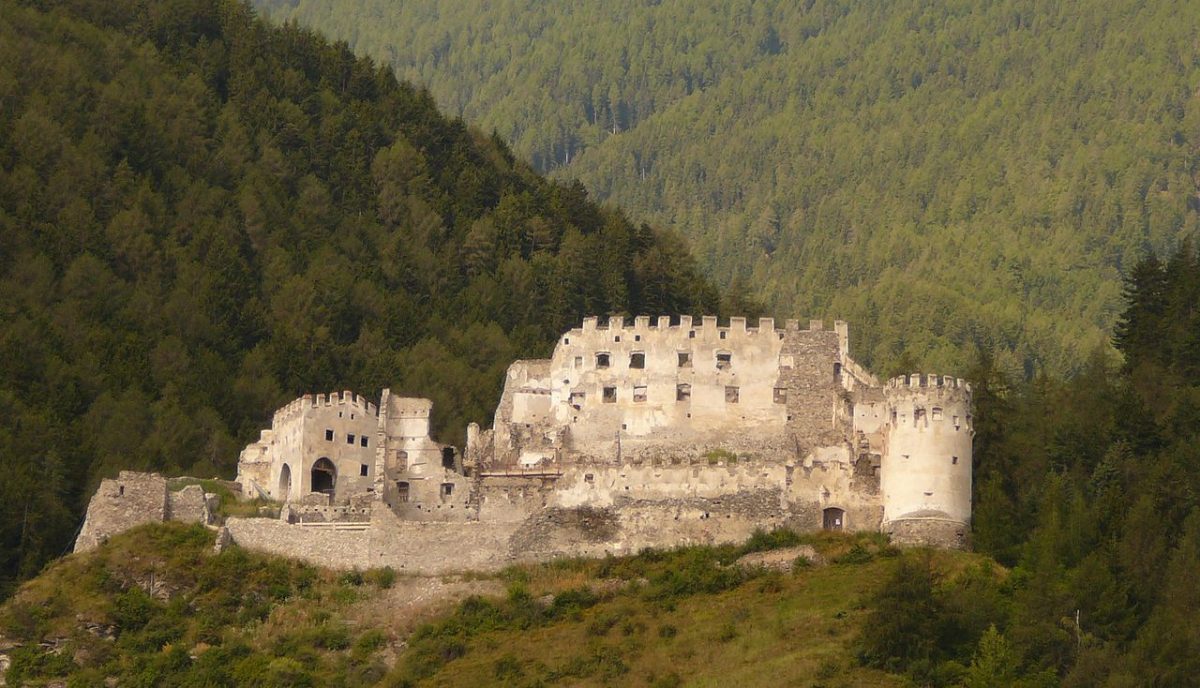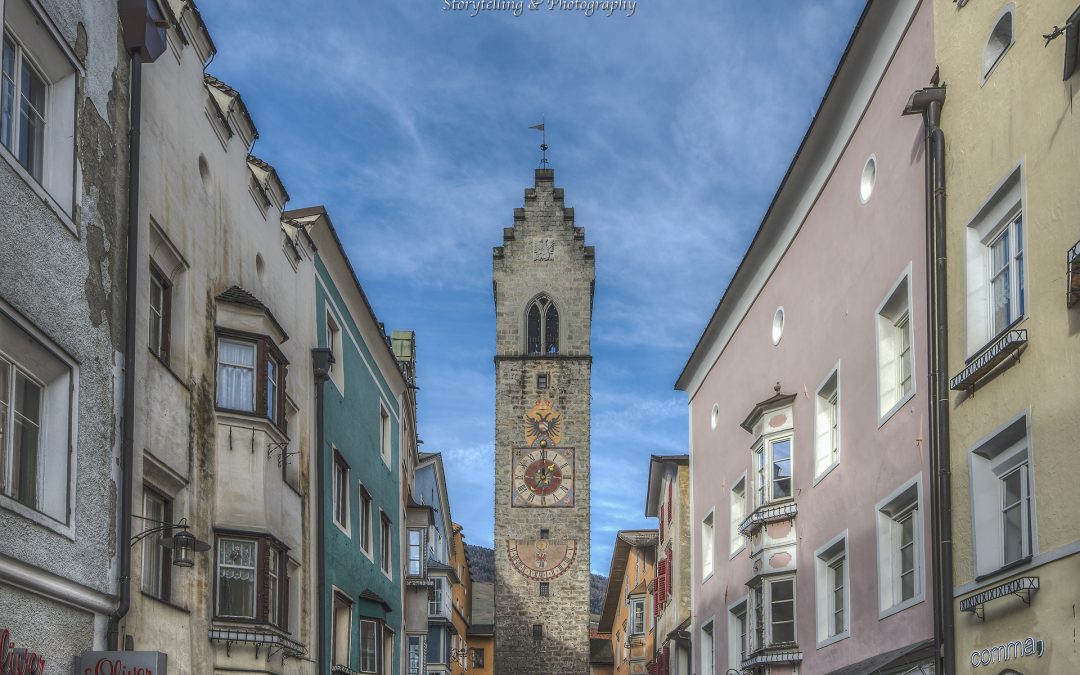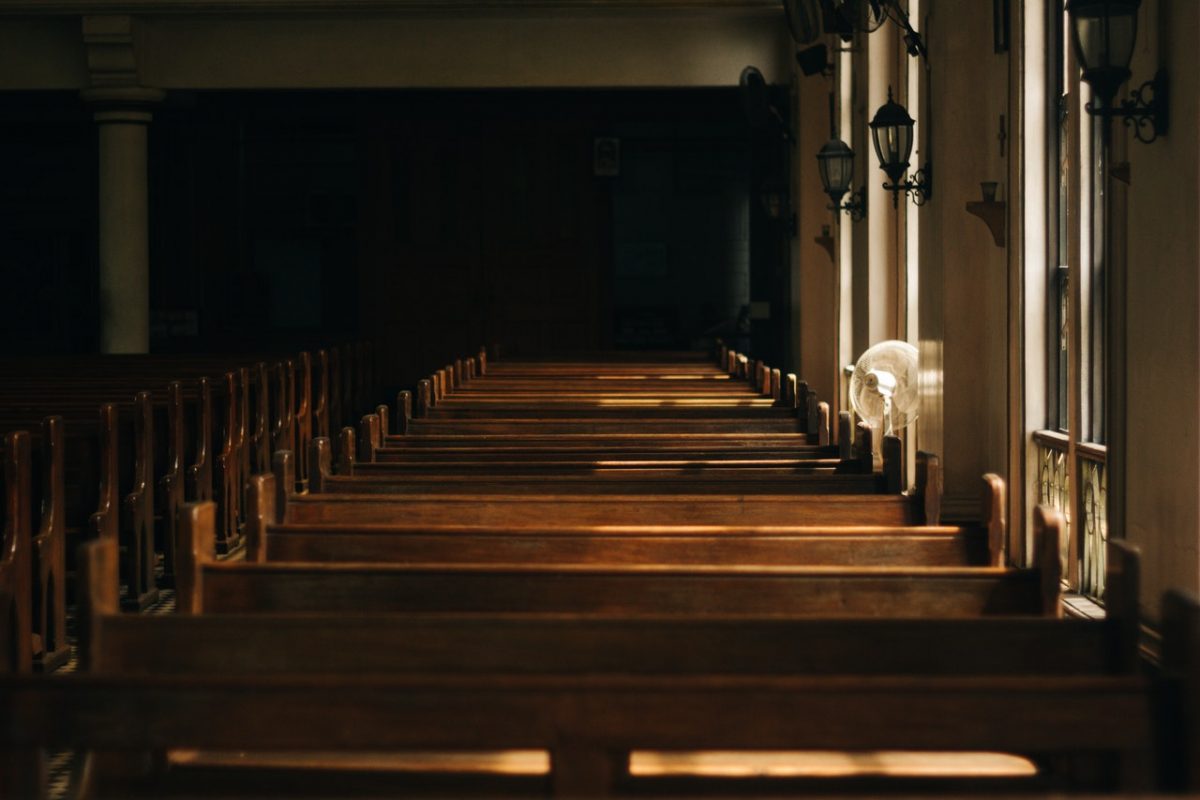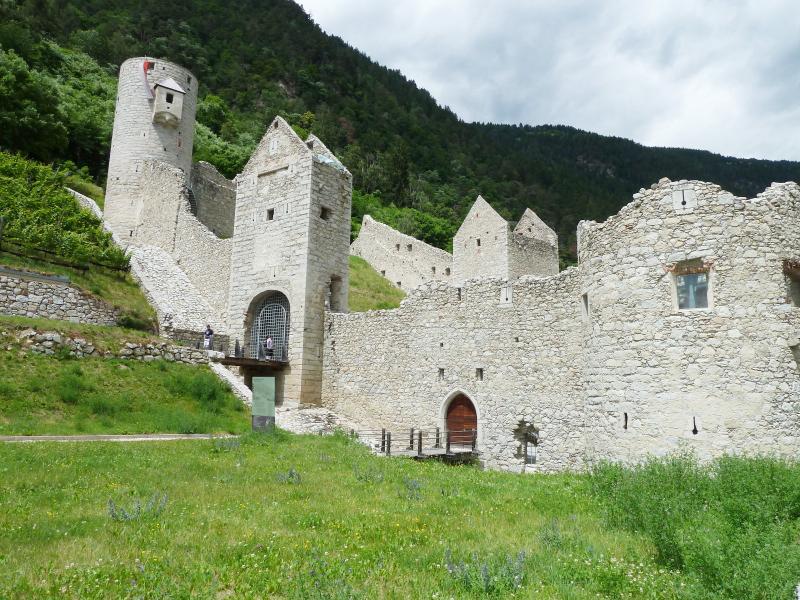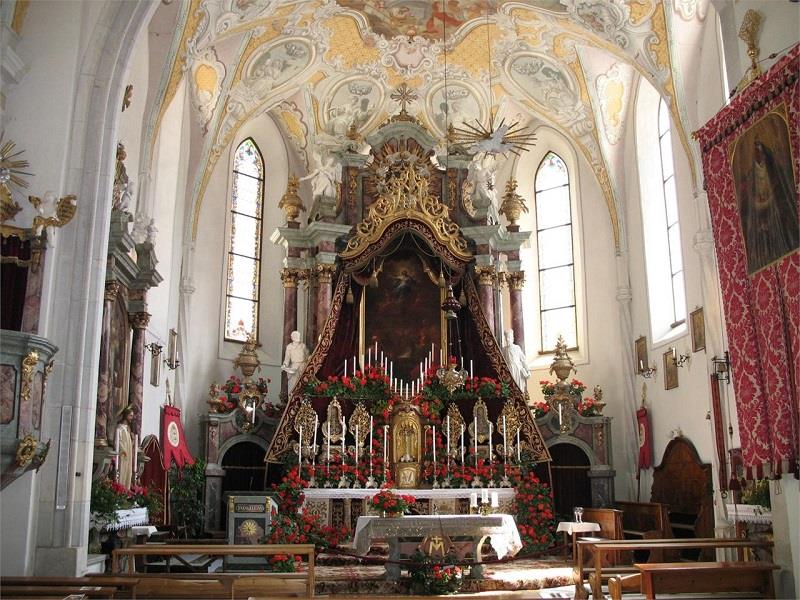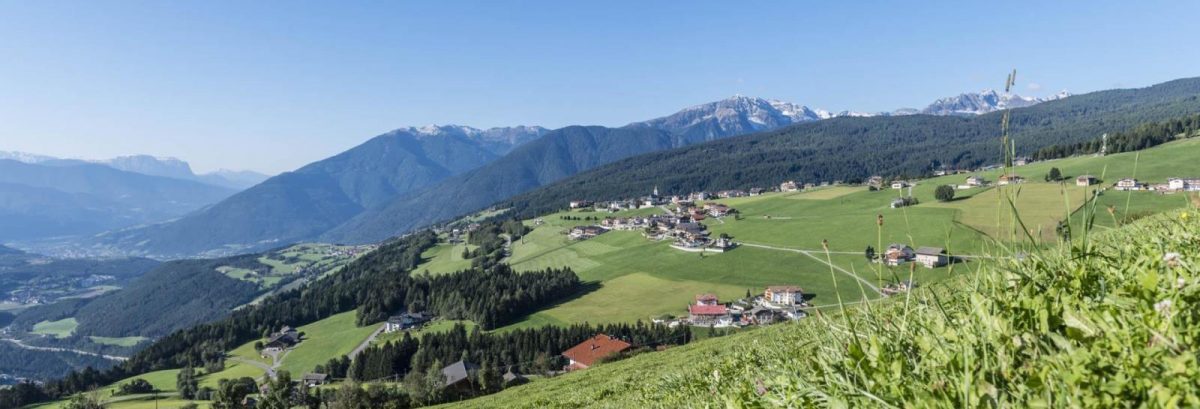How to reach the Venosta Valley Museum
The Venosta Valley Museum – “Vintschger Museum” in German, “Museo della Val Venosta” in Italy – in Sluderno (Schluderns) is, as the name reveals, dedicated to the valley and its different fields. The focus is set on ecologic, social and cultural issues as much as on archeology and water management. The latter is highly important in the valley, as this western part of South Tyrol is a rather dry area. The irrigation system of the valley dates back to the Middle Ages and is one of the most dense watering network of the Alps. The so-called “Waale” are today well-known due to a large number of lovely paths leading along these irrigation canals. The permanent exhibition “WaWo – s’Wosser zum Wassern” with the theme trail Quairwaal tells about the topic.
The museum has also dedicated one section to a highly interesting, buth rather sad subject, the “Schwabenkinder”. This term is used for the kids of the Val Venosta valley who went to work to Swabia in Germany in summertime, in order to alleviate poverty at home. This is an interreg-project of the European Union, project partner is the Regional Museum Landeck at Castel Landeck in North Tyrol. Another section, called “Archaic Venosta”, however, is dedicated to archaeology in the valley. In 1997, at the Ganglegg hill above the village of Sluderno, items of the Bronze Age, Iron Age and Roman period were discovered.
Today in this best explored hilltop site of the Bronze Age, Iron Age and Roman period, there is a prehistoric park showing orginal structures and two reconstructed buildings. Temporary exhibitions complete the offer. By the way: there’s another museum in the valley, which is similar called. The Upper Val Venosta Valley Museum is located in Curon Venosta and tells the story of Lake Resia and the villages submerged by its waters.
Opening hours:
March 20 – November 4 2019
Tuesday – Sunday: 10am – 12.30pm & 2pm – 6pm
Price:
| Adult | 6,00 € |
| Reduced | 5,00 € |
| Scholar | 2,00 € |
| Groups of 10 or more | 5,00 € |
| Family card | 12,00 € |
Contact:
Vintschger Museum
Meranerstr. 1
39020 Sluderno
+39 0473 615590
